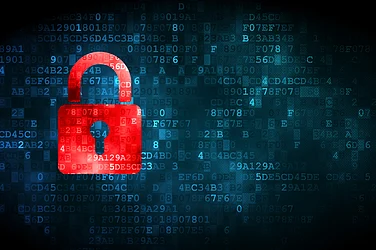Insolvency and Bankruptcy Code, 2016 (IBC) is an evolving legislation, still being interpreted by courts and being constantly amended to harmonize IBC with our related legal policy.
Drawing a distinction between SICA and IBC, the apex court in SBI vs Ramakrishnan & Anr., held that, the protection under IBC from coercive measures of recovery during moratorium period inures only to the Corporate Debtor, and not to the assets of the guarantors.
Likewise, originally, the definition of ‘dispute’ in IBC greatly narrowed down its scope, making IBC vulnerable to misuse for putting wrongful pressure on the debtor. In Mobilox innovative Private Limited vs Kirusa Software Private Limited, the apex court held that keeping in mind the legislative intent, the word "and" then appearing in sec 8(2)(a) of the Code be read as "or". Now, the definition of dispute has since been amended as above, making the claimant liable to approach the NCLT with clean hands.
Advertisement
Likewise, initially, IBC did not expressly place time-barred debts beyond the purview of IBC, as if the law of limitation was not applicable to IBC, thus rewriting the law of limitation and providing an avenue for agitating otherwise unenforceable time barred debts. This would disturb the established jurisprudence on the subject. In the matter of B.K. Education Services Private Limited vs Parag Gupta & Associates, the apex court clarified that the ‘corporate insolvency resolution process’ (CIRP) against a Corporate Debtor can only be initiated in relation to debts which have not become time barred. Later, the IBC has also been amended likewise.
Advertisement
Another case of a purposeful evolution of IBC is the express disentitlement of defaulters for bidding for any CIRP. The borrowers of the banking system are broadly divided into two classes, 'compliant' and 'defaulting'. Section 29A was introduced to debar the defaulters, their relatives, connected persons, associates and persons under their management and control from taking control of not only their own company but also any other company under CIRP. Later, the provision has been made still more stringent. However, further review may be needed so that the definition of a defaulter is not so vide that it creates unintended barriers. For instance, L.N. Mittal, promoter of Arcelor Mittal has declared that he has had no business dealings with his brother for decades. Still, it is sought to be canvassed that the blood-relation should by itself attract provisions of section 29A.
Lastly comes the emerging law for protection of homebuyers. Initially there was no slot for home buyers in IBC. Flat buyers of developers like Jaypee Associates, Unitech and many others are facing an uncertain future, after having paid large sums of money both from their past savings as well as by raising housing loans.
The issue has engaged active attention of the apex court to secure the interest of home buyers. Finally, the law has been amended in June 2018 wherein home buyers have been classified as financial creditors thus collectively becoming eligible to be represented on the committee of creditors (CoC).
Advertisement
NCLT has, in case of AMR Infrastructure, adopted the principle of 'first past the post' so that majority vote should be treated as the ‘say’ of the entire sub-class. However, in AMR, the flat buyers were the only creditors. Thus, the Government has, in a related matter, deposed before the NCLT, that the majority vote (and not 66%) of home-buyers should be treated as 'the voting preference of the entire sub-class in the CoC. However, the above measures by themselves may not be adequate to protect the home buyers.
Other legislative changes are also on the anvil. Most significant and progressive proposal is the inclusion of both Corporate Debtor as well as its guarantors (whether individuals or corporates) in a single resolution plan under the aegis of NCLT thus providing a 'one time resolution' by having recourse to all of the rights and remedies available to the creditors in relation to the Corporate Debtor and guarantors/third party security providers preventing the delinquent promoters from spiriting away their personal assets. The evolution of IBC as a tool of CIRP has been greatly facilitated by a proactive apex court and a responsive legislative machinery.
Advertisement
The law of insolvency is being harmonized with the global practices. These are early days and this new piece of ameliorative law is gradually adapting to our own business environment. Meanwhile, the infrastructure of not only our NCLTs and NCLAT but also of resolution professionals, large lenders and other interest groups like homebuyers and operational creditors, has to be augmented. Besides, once the major legal issues are settled, time presently lost in vexatious litigation shall also be saved. What awaits us is gainful utilisation of productive resources to give growth impetus to the economy.
The author is Corporate Lawyer & Founder, Mukesh Jain & Associates















 Just one email a week
Just one email a week